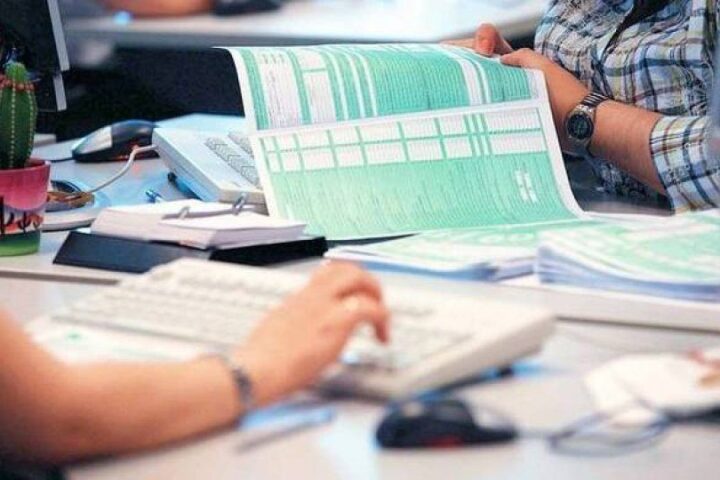.
Cyprus’ energy challenge arises from its expanding economy and rising standard of living, relying almost exclusively on imported fuels to satisfy its energy needs. Last year, according to our trade minister, the cost of imported energy reached 19% of all imports and the government wants to reduce this dependence primarily through energy conservation.
Already, the Energy Service of the Ministry has drafted a Law which regulates energy performance on buildings, whereby building permits will only be granted to new buildings that are thermally insulated. The Ministry should amend the law so that it can be extended to include all new annexes as well.
As of January 1, 2010, all new houses must have solar heaters for hot water production, all new buildings must include a provision for the installation of photo voltaic or wind energy units and they must meet the minimum requirements to be classified as energy class A or B by the 250 or so newly qualified experts who will issue Energy Certificates for buildings.
In addition, the government is also extending its subsidy scheme for the period 2009-2013. So far so good. It’s very nice to say that Cyprus ranks 6th per capita in the EU with 3MW of photovoltaic systems already installed, with an additional 4.4MW of biomass units on the way and a 82MW wind park coming online by the end of 2010.
However, for the incentives to kick in, the government should also speed up changes to its current subsidy scheme as many individual homeowners or small developers are refraining from setting up photovoltaic units for the simple reason that there is a cap of 20KW per project, almost as much as one can produce from a rooftop or atop a small factory building or warehouse. In other words, despite what the government officials have been saying, one needs at least 10-15 years to see any return on investment.
The problem does not lie with the EAC’s buy-back scheme, whereby any energy produced is sold to the national grid and credited on the monthly electricity bill. Quite the contrary, the EAC, too, is sceptical about introducing such small-scale micro-projects because they are not financially viable.
The crux of the problem, as with many wonderful schemes introduced by the government, is that this scheme is incomplete. There seem to be plans to lift the 20MW cap and to raise the minimum output for such projects without requiring tedious planning permits to 150 KW and for environmental impact studies to 100 KW. This will allow anyone with a small field or a few acres to install photovoltaic panels and start producing energy, enjoying a quicker return on investment because of fixed labour costs for installation that are easier to set off on larger projects, thus reducing the cost per unit of energy produced.
What the government needs to do now is speed up the changes that are lying somewhere at the Town Planning Department and introduce stricter monitoring to ensure that the new regulations are adhered to for all new buildings and no-one will abuse the system through relatives and friends to ensure that a new building does not abide by the new rules.







